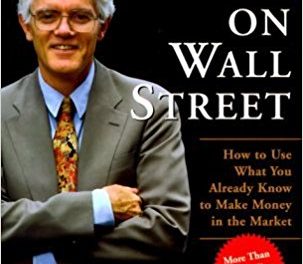As humorous as it sounds, investors can take a very important lesson from the story of Goldilocks and the three bears.
Just like the three bowls of porridge, the chairs, or the bears’ beds, investments fall into three basic categories. And while you may not care about the temperature of a stock, you should definitely care about its level of risk!
Break Down: No Risk vs. Low Risk vs. High Risk
In investing, ‘sure things’ don’t exist. Very few investments are considered no-risk. Those investments considered no-risk are the safest ways to invest your money. However, given the low chance of losing your investment, the return provided is much smaller than other investment vehicles.. Some examples of no risk investments — and their expected returns — include:

- Savings accounts – A basic bank account that earns interest on its balance.
- APY – Annual Percentage Yield – Between 0.6% and 1.0%
- If you invested $1,000 in a savings account with an APY of 1%, at the end of that year you would have $1,010.00
- Money Market Accounts – An interest-bearing account that typically pays a higher interest rate than a savings account, but generally has higher minimum balance requirements and limitations on the number of withdrawals an account holder can make.
- APY is determined by the account balance – Can vary from .01% all the way up to 2.5%
- If you invested $1,000 into a money market account, the best APY listed on NerdWallet right now with a $1,000 minimum is 2.45%. After 1 year of investment, you would see an account balance of $1,024.50
- Certificates of deposit – A type of savings account with a fixed interest rate and fixed date of withdrawal (known as a maturity date). Early withdrawals can incur financial penalties.
- APY is determined by the financial institution, amount deposited and the term of the CD. A one year CD can vary from 0.05% on the low end and 2.7% on the higher end.
- If you invested $1,000 into a Certificate of Deposit with an APY of 2.7%, at the end of that year you would have $1,027.00

- Savings bonds/Treasury bills – A government bond offering a fixed rate of interest over a fixed period of time. The maturity date of a bond is typically between 15 and 30 years, with no redemption of bond available until 12 months have passed from the date of purchase. Early withdrawal (within first 5 years of purchase) results in forfeiture of the last 3 months worth of interest
- APY is difficult to accurately estimate due to the presence of compounding interest, penalties, and varying interest rates. If you want to look into more detail on this, the Department of the Treasury has a calculator you can use.
- If you invested $1,000 into a Series EE Bond and chose to redeem it after one year (due to the penalties involved) your total would be $1,000.80
While the above investments are incredibly stable, they don’t exactly generate huge returns. As we introduce a slightly higher degree of risk to our investment considerations, we start to see a small increase in our potential return. These low risk investments help hedge against your principal investment being lost — while still providing an opportunity to make at least some return. Low risk investment possibilities include:
- Mutual funds – A professionally managed investment program funded by shareholders which trades in diversified holdings
- Calculating an average APY for mutual funds is difficult as each has their own portfolios composition, the management fees, and investment strategy. These variations mean that APY ranges from 1.7% to 8.93%
- Depending on the fund that you have selected, if you invested $1,000 into a mutual fund, after one year you could have a total investment worth between $1,017.00 and $1,089.30
- Preferred stock – A stock that entitles the holder to a fixed dividend payment which takes priority over common stock dividends
- Preferred stocks have a “yield”, the percent of the stock price the investor will receive in the form of dividends. The average current yield of investment-grade preferreds is 5.8%
- Assuming the stock you have selected matches the current average yield, a $1,000 investment would be worth $1,058.00 one year later
- Annuities – A financial product that pays out a fixed stream of payments

- There are a number of different types of annuity structures that impact APY, but according to Forbes list of the highest rate annuities, the most lucrative annuities have an APY between 2.6% and 4.2%
- If you invested $1,000 in one of those annuities, after one year it would be worth between $1,026 and $1,042. Annuities have restrictions on withdrawals, however, so your access to these funds may be extremely limited.
And then we have high risk investment options. High risk investments involve a significant risk of losing some (or all) of your principal investment. The rule in these types of investments is to not invest more than you can afford to lose. Some examples of high risk investing include:
- Options Trading: A financial derivative which offers the buyer the right (not obligation) to buy (call) or sell (put) the underlying asset at an agreed upon price for a set period of time. Options are extremely volatile, so there are no average figures for return available. Huge sums can be made, but options trading can also decimate a trading account if things go poorly. Options trading is high risk by definition, but there are strategies for leveraging options trades that are considered safer plays.
- Currency Trading (FOREX): FOREX is the largest investment market in the world, and one of the most potentially lucrative due to the constant fluctuations in global currency. This volatility can also result in huge losses when a currency swings in an unexpected direction. Couple that with a much lower degree of oversight in these markets and widespread use of leverage and it becomes clear why this is considered a high risk.
Which Risk Level is Just Right for you?
If Goldilocks was an investor, she would be considered high risk, with a strategy that exposed her to the highest level of risk (I.E., the possibility of being a bear’s midnight snack). You may not have to worry about bears, but having a portfolio comprised entirely of the same level of risk can be just as bad. 
A portfolio of all low risk is safe, but means leaving money on the table and delaying your own journey to wealth. An exclusively high risk portfolio may mean big returns, but could just as easily wipe out your entire account.
To be a successful investor, diversify. Mix all three bowls of porridge together and balance your portfolio with varying levels of risk to balance out risk vs reward.



